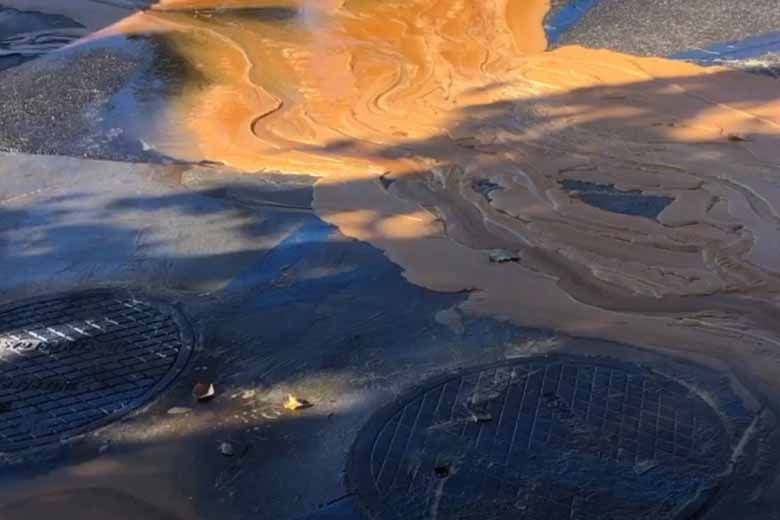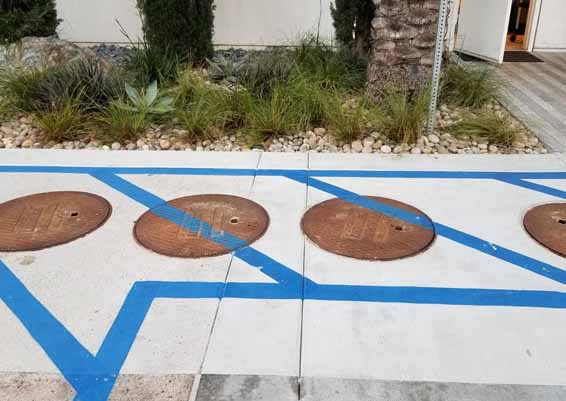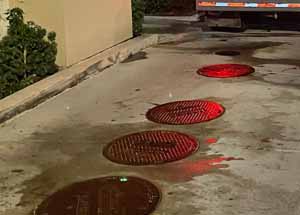VICTORVILLE GREASE TRAP CLEANING
Grease & Cooking Oil Waste Removal Service

The Grease Co.
Victorville's city requires all restaurants and other food servicing establishments with grease recovery devices, also known as a grease trap or grease interceptor, to regularly maintain and clean them. If you are looking for a grease trap cleaning service in Victorville, we have a team that is ready to help you. Whether you are a new establishment looking for a grease pumping service or an existing business in need of a reliable grease company, you have come to the right place.
Do I Need a Grease Trap?
Without a grease trap or grease interceptor, grease and solid waste would enter into the sewer lines, causing build-up. In turn, heavy build-up leads to an unwanted back-up of the sewer and grease line, leading to the need for emergency trap cleaning and plumbing services. Therefore, most cities throughout California make it mandatory for businesses with commercial or industrial kitchens to place a grease recovery device suitable to their needs.
Preventative Maintenance For Grease Gravity Devices
Aside from having a grease trap or grease interceptor put in place, Victorville's industrial waste department makes it mandatory that these units are pumped and cleaned regularly. Grease trap or grease interceptors must not exceed 25% FOGS or fats, oils, grease, and solid content to be compliant. Going above this level can jeopardize the plumbing system by contaminating the pipe, eventually leading to overflows and costly clean-up costs. Rule of thumb, most large interceptors are cleaned every three months, while smaller indoor grease traps are serviced every month.
How Do I Know If My Grease Trap Is Full?
A grease gravity device or clarifier is full when the FOGS to wastewater ratio reached 25%. Exceeding the maximum allowable grease and solid content make the unit ineffective affecting the sanitation sewer lines with FOGS effluent. Therefore, if you are experiencing drainage issues in the kitchen or an overflow of a grease trap or grease interceptor, be sure to check the last time the device was pumped and cleaned.
Purpose of Fats, Oils, Grease, & Solid Devices
A grease trap or grease interceptoris a device that helps limit the majority of fats, oils, grease, and food solid waste from invading the sanitation drain lines that can cause severe plumbing matters. It's a plumbing unit obligatory for all food servicing establishments to pre-treat the wastewater liquids and solids from the commercial kitchens. Massive amounts of FOGS waste from commercial kitchens can cause serious plumbing problems without a grease gravity device in place. Therefore, the city of Victorville and the industrial waste department had made it a necessity for restaurants and businesses with commercial kitchens to acquire a unit before operating their business.



 Grease traps are significantly smaller than grease interceptors. For this reason, they are less efficient and can reach 25% F.O.G.S. content within three to six weeks.
Grease traps are significantly smaller than grease interceptors. For this reason, they are less efficient and can reach 25% F.O.G.S. content within three to six weeks. 

 Large grease interceptors require larger spaces for this reason; they are placed outdoors, typically in the parking area. Unlike grease traps, these devices can go longer cleaning service intervals,
Large grease interceptors require larger spaces for this reason; they are placed outdoors, typically in the parking area. Unlike grease traps, these devices can go longer cleaning service intervals, 
